Poha is flattened rice. You can use thick or thin poha. If you do not have idli rice, then use parboiled rice or sela chawal. You can also use any regular rice like sona masuri or parimal rice. Also make sure that the urad dal is fresh and not close to its expiry date. These poha idli has 1:1 ratio of poha and idli rice in cup measurement. The amount of urad dal added in this recipe is also less. While making any idli batter, do remember that temperature is very crucial for proper fermentation of the batter. In cold climates, fermentation does not happen well. I get a lot of queries on the fermentation of idli batter in winters. So summarized my experiences in this Dosa Recipe. The day I made these poha idli, the temperature in the night dropped to 16 degrees celsius and I kept the batter for around 15 hours in a warm place in my kitchen. The South Indian snack of idlis is not only healthy but also a good breakfast to start your day. You can also pack them in the tiffin box and they stay soft even later. Idli, dosa, uttapam are one of those perfect food for me, which I can have every day and even for lunch and dinner. These poha idli are so soft that you would love to dunk them in sambar and coconut chutney. In fact even a vegetable korma will go very well with them. I make Set dosa using a similar proportion.
How to make Poha Idli
- In a bowl or pan, take the following ingredients – 1 cup idli dosa rice or parboiled rice (200 grams), 3 tablespoons of whole urad dal (40 grams of husked whole black gram) and ¼ teaspoon fenugreek seeds (methi seeds). I used idli rice.
- Rinse them for a couple of times in fresh water and then soak them in a bowl with 2.5 cups of water.
- Next, in a separate bowl or pan, take 1 cup thick poha (80 grams).
- Rinse the poha once or twice with water.
- Strain the water and add the poha to the bowl containing rice, urad dal, methi seeds and water.
- Mix well. Cover the pan and soak these four ingredients in water for 5 to 6 hours.
- Later, strain very well. Reserve the strained water. We will use this strained water for grinding.
- Now add half of the soaked ingredients in a wet grinder jar. Depending on the size of the jar, you can add half or full.
- Add ½ cup water and grind very well. The rice grains can have a consistency of that like idli rawa.
- Now pour the batter in a large bowl.
- I ground the batter in two batches and overall used 1 cup water. If the grinder becomes hot, then wait for it to cool down and then continue with the grinding.
- Add this ground batter to the bowl as well. Mix very well.
- Then add ½ teaspoon rock salt and ½ teaspoon sugar. Don’t worry the taste of sugar is not felt in the idlis. If you live in a hot or warm tropical climate, then no need to add sugar. Skip adding salt if the temperature is too cold in your city.
- Mix very well.
- Cover the bowl with a lid and keep the bowl for 8 to 9 hours or more depending on the temperature conditions in your city.
- This is the batter, the next day.
- Add ⅛ to ¼ teaspoon baking soda. This is optional. You can add baking soda if you want more softer idlis or if the batter has not fermented well.
- Mix the baking soda very well with the poha idli batter.
Steaming poha idli
19. Grease the idli moulds with oil. Pour the batter in the moulds. 20. Before placing the idli stand, add 2 to 2.5 cups water in an electric cooker or steamer or pressure cooker. Bring this water to a boil. Then place the idli stand in the hot water. For an electric cooker and steamer cover with its lid and steam. For pressure cooker, remove the vent weight/whistle from the cooker and secure the lid tightly on the cooker. 21. Steam aval idli for 12 to 15 minutes. Depending on the equipment you have used, it may take less or more time. A toothpick inserted in the center of the poha idli should come out clean and not be sticky. Allow a standing time of 1 to 2 minutes. You can steam the idlis in batches. The leftover batter can be refrigerated and you can make paniyaram or sweet paniyaram from them. From this batter, dosa cannot be made. 22. Dip a spoon or butter knife in water and slid them through the idlis. Remove and place the idlis in a warm container like a casserole. 23. Serve poha idli hot with coconut chutney and idli sambar or with veg kurma. If you are looking for more Indian breakfast recipes then you may like:
Rava idliOats idliRagi idliMasala dosaKanchipuram idli
Please be sure to rate the recipe in the recipe card or leave a comment below if you have made it. For more vegetarian inspirations, Sign Up for my emails or follow me on Instagram, Youtube, Facebook, Pinterest or Twitter. This Poha Idli post from the blog archives first published in December 2015 has been updated and republished on December 2022.
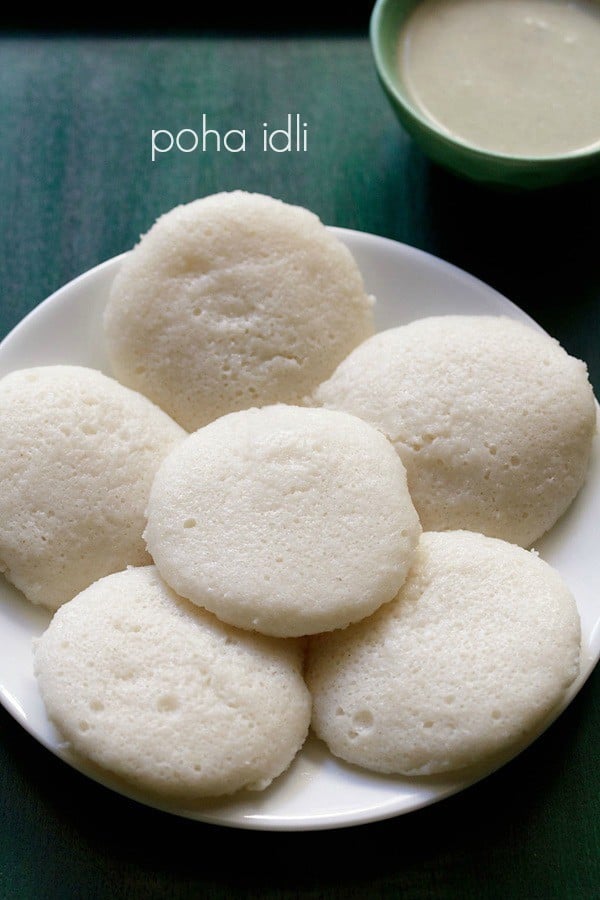
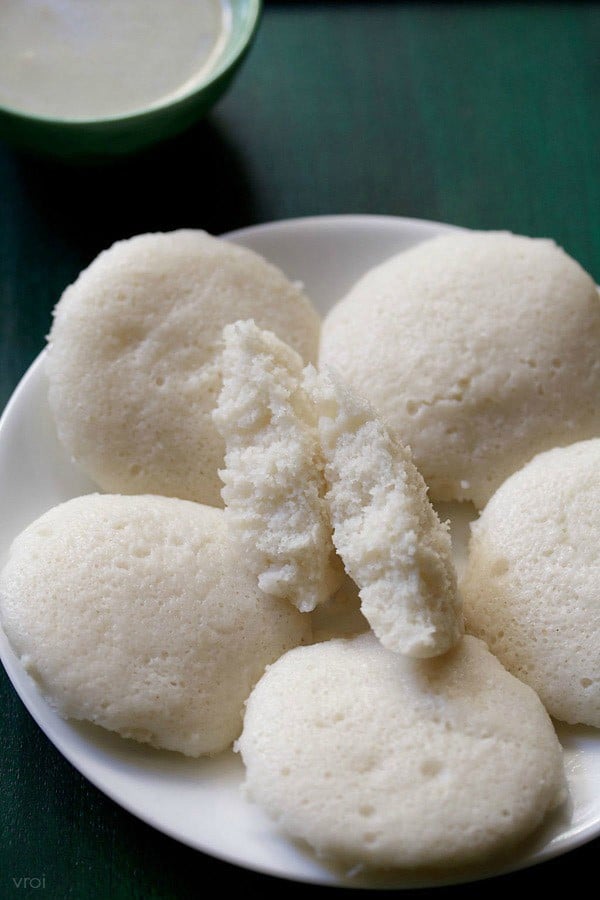
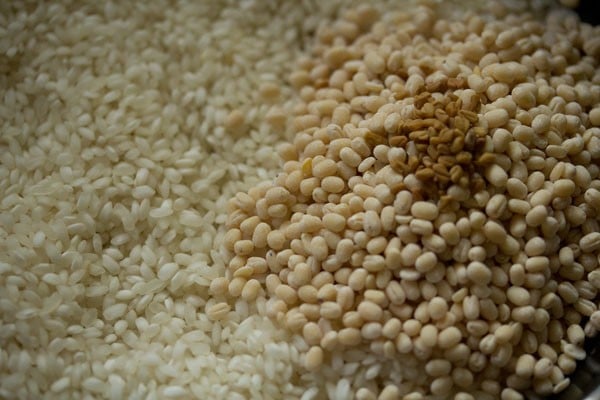
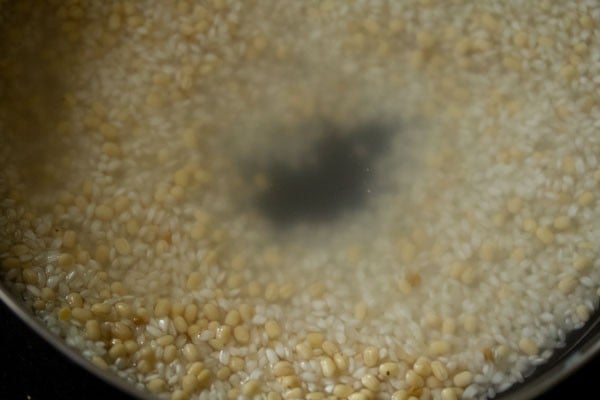
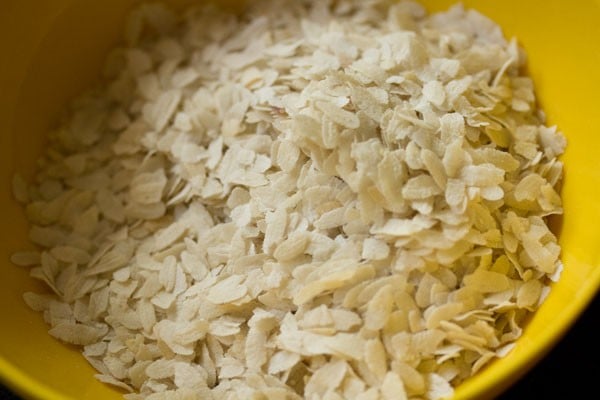
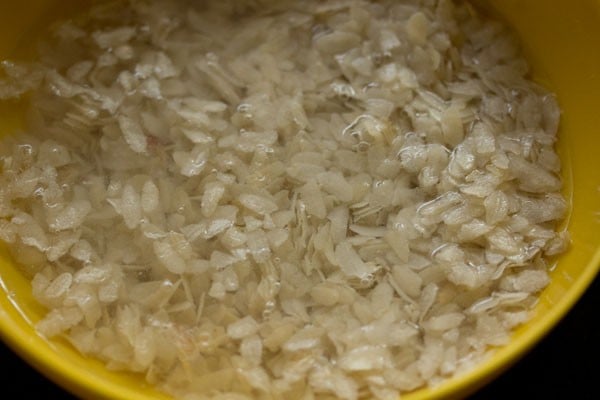
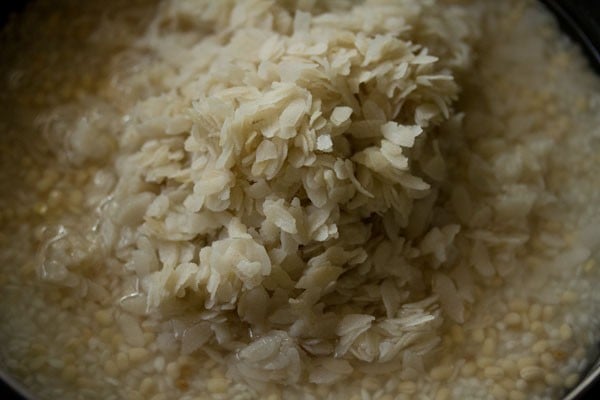
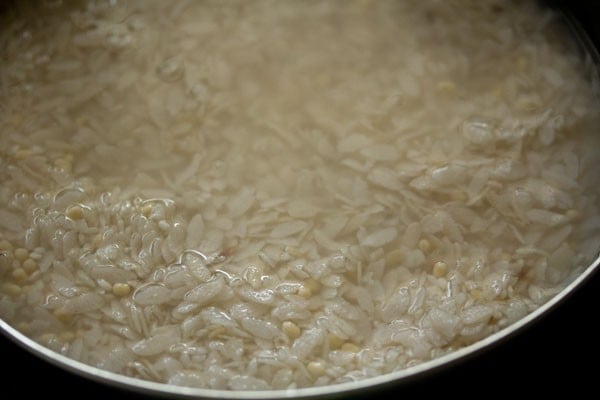
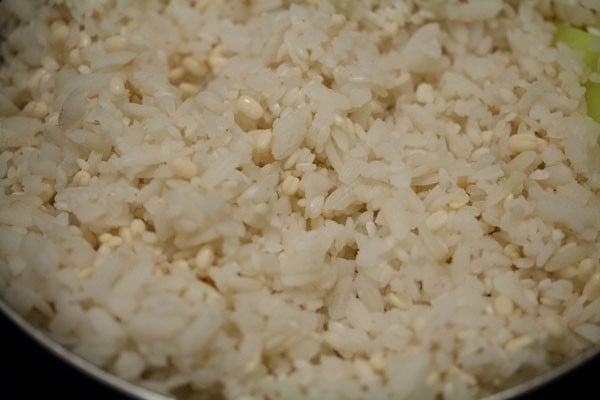
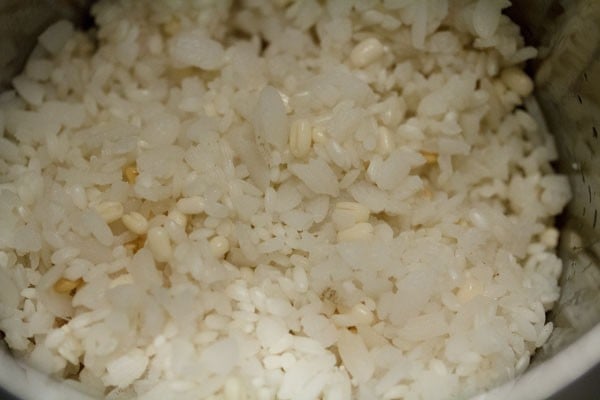
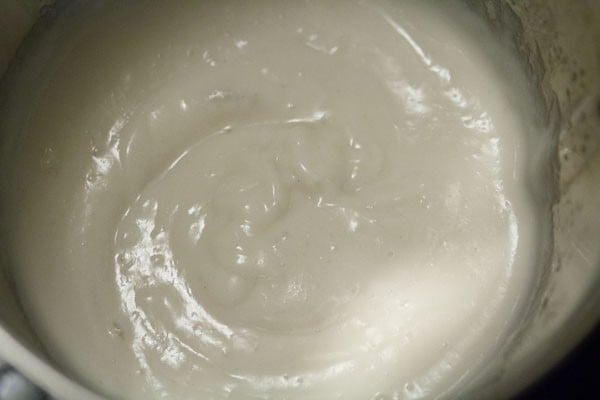
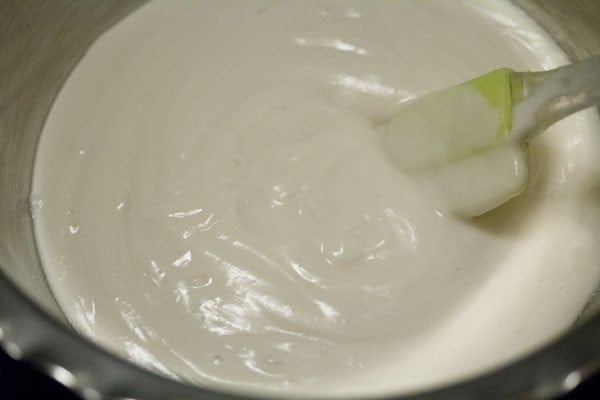
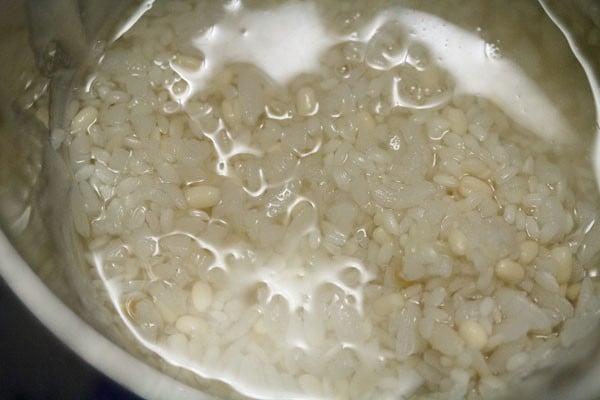
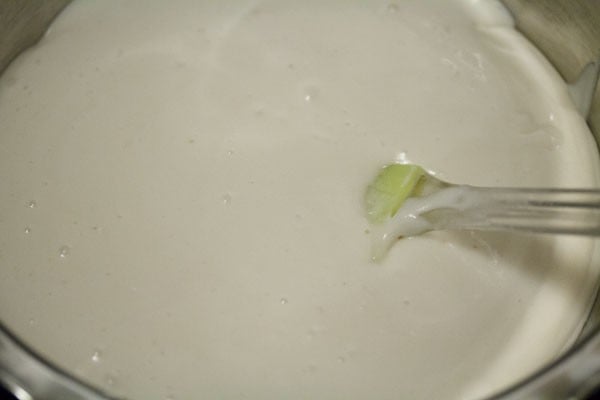
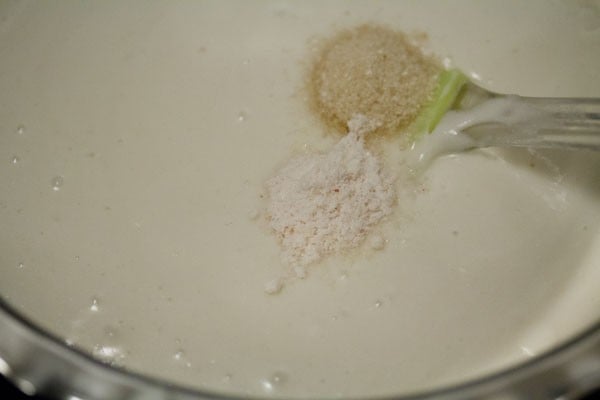
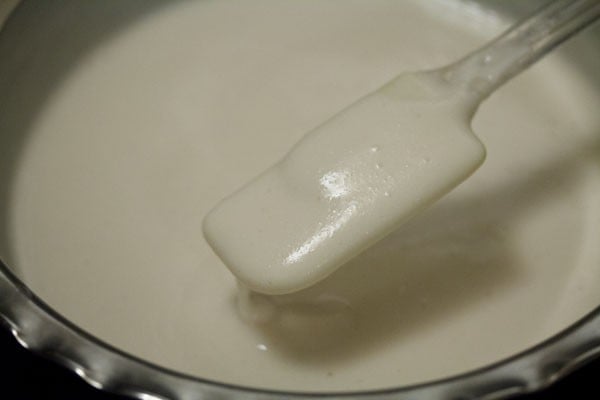
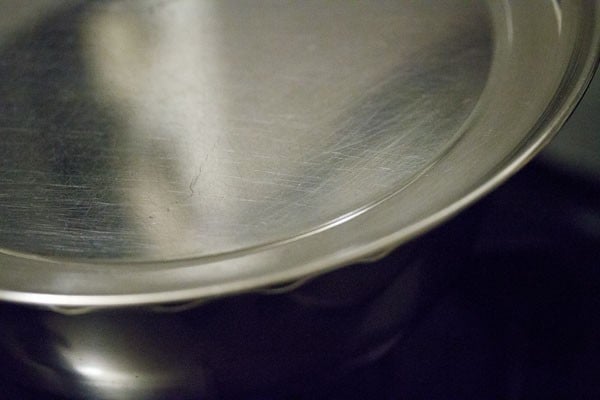
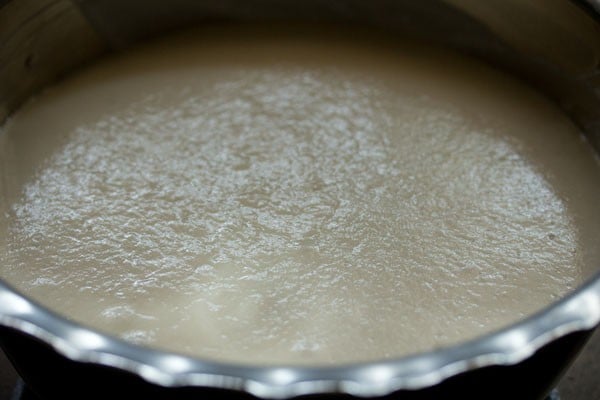
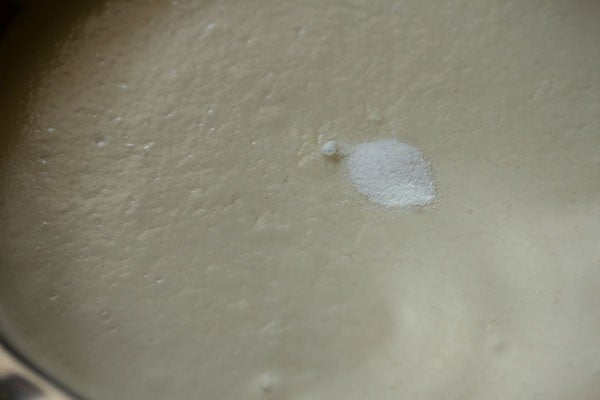
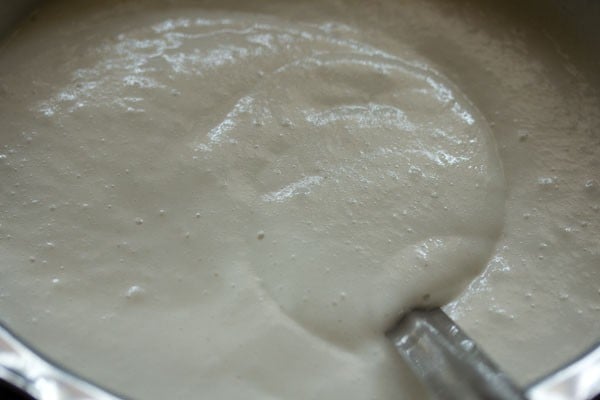
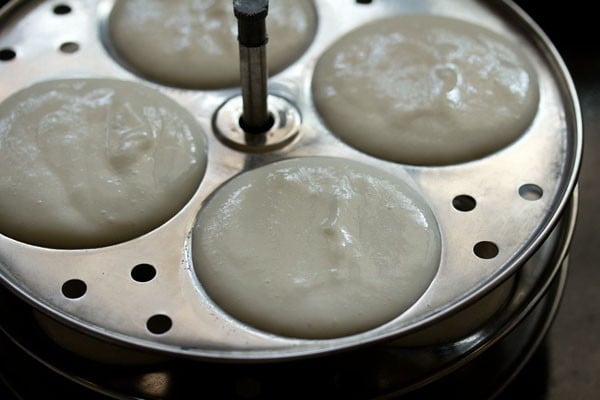
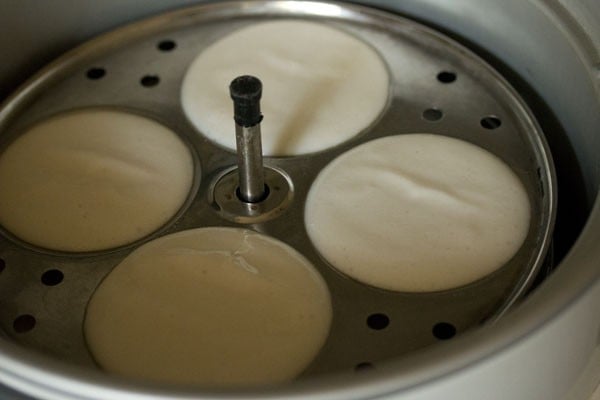
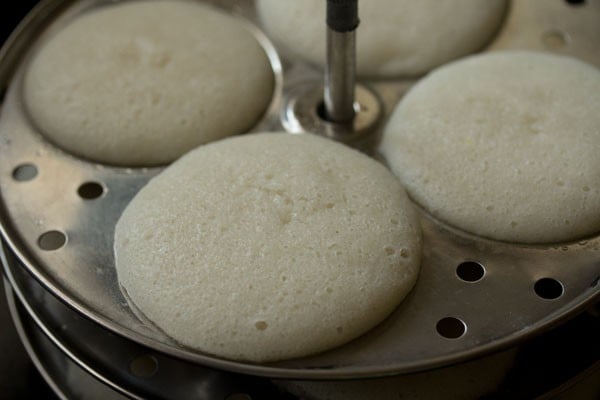
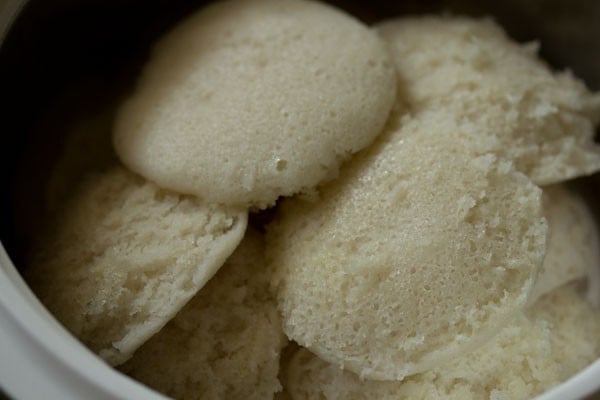
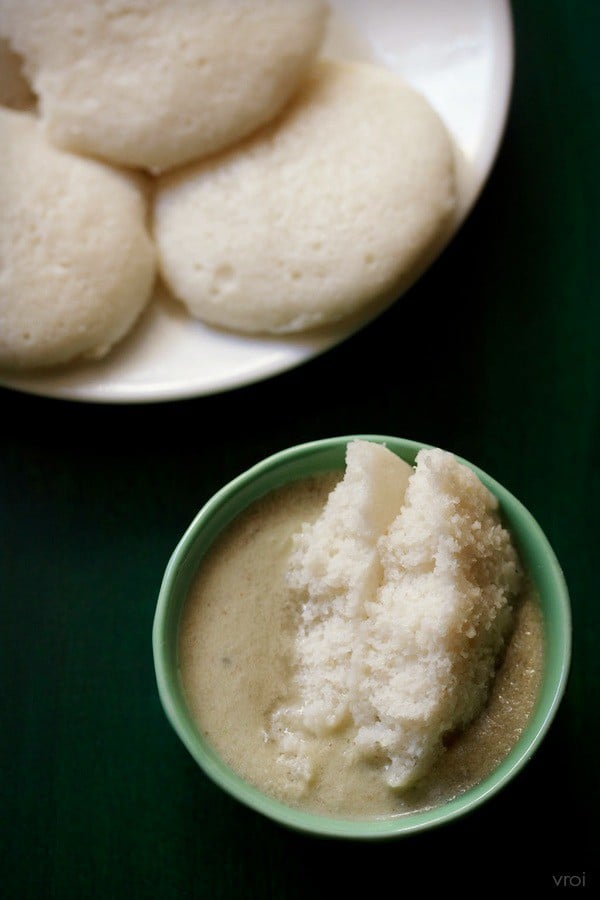
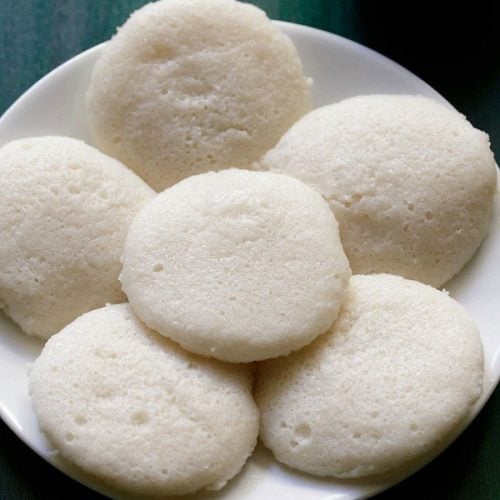
title: “Poha Idli Aval Idli " ShowToc: true date: “2024-10-19” author: “Gregory Tedesco”
Poha is flattened rice. You can use thick or thin poha. If you do not have idli rice, then use parboiled rice or sela chawal. You can also use any regular rice like sona masuri or parimal rice. Also make sure that the urad dal is fresh and not close to its expiry date. These poha idli has 1:1 ratio of poha and idli rice in cup measurement. The amount of urad dal added in this recipe is also less. While making any idli batter, do remember that temperature is very crucial for proper fermentation of the batter. In cold climates, fermentation does not happen well. I get a lot of queries on the fermentation of idli batter in winters. So summarized my experiences in this Dosa Recipe. The day I made these poha idli, the temperature in the night dropped to 16 degrees celsius and I kept the batter for around 15 hours in a warm place in my kitchen. The South Indian snack of idlis is not only healthy but also a good breakfast to start your day. You can also pack them in the tiffin box and they stay soft even later. Idli, dosa, uttapam are one of those perfect food for me, which I can have every day and even for lunch and dinner. These poha idli are so soft that you would love to dunk them in sambar and coconut chutney. In fact even a vegetable korma will go very well with them. I make Set dosa using a similar proportion.
How to make Poha Idli
- In a bowl or pan, take the following ingredients – 1 cup idli dosa rice or parboiled rice (200 grams), 3 tablespoons of whole urad dal (40 grams of husked whole black gram) and ¼ teaspoon fenugreek seeds (methi seeds). I used idli rice.
- Rinse them for a couple of times in fresh water and then soak them in a bowl with 2.5 cups of water.
- Next, in a separate bowl or pan, take 1 cup thick poha (80 grams).
- Rinse the poha once or twice with water.
- Strain the water and add the poha to the bowl containing rice, urad dal, methi seeds and water.
- Mix well. Cover the pan and soak these four ingredients in water for 5 to 6 hours.
- Later, strain very well. Reserve the strained water. We will use this strained water for grinding.
- Now add half of the soaked ingredients in a wet grinder jar. Depending on the size of the jar, you can add half or full.
- Add ½ cup water and grind very well. The rice grains can have a consistency of that like idli rawa.
- Now pour the batter in a large bowl.
- I ground the batter in two batches and overall used 1 cup water. If the grinder becomes hot, then wait for it to cool down and then continue with the grinding.
- Add this ground batter to the bowl as well. Mix very well.
- Then add ½ teaspoon rock salt and ½ teaspoon sugar. Don’t worry the taste of sugar is not felt in the idlis. If you live in a hot or warm tropical climate, then no need to add sugar. Skip adding salt if the temperature is too cold in your city.
- Mix very well.
- Cover the bowl with a lid and keep the bowl for 8 to 9 hours or more depending on the temperature conditions in your city.
- This is the batter, the next day.
- Add ⅛ to ¼ teaspoon baking soda. This is optional. You can add baking soda if you want more softer idlis or if the batter has not fermented well.
- Mix the baking soda very well with the poha idli batter.
Steaming poha idli
19. Grease the idli moulds with oil. Pour the batter in the moulds. 20. Before placing the idli stand, add 2 to 2.5 cups water in an electric cooker or steamer or pressure cooker. Bring this water to a boil. Then place the idli stand in the hot water. For an electric cooker and steamer cover with its lid and steam. For pressure cooker, remove the vent weight/whistle from the cooker and secure the lid tightly on the cooker. 21. Steam aval idli for 12 to 15 minutes. Depending on the equipment you have used, it may take less or more time. A toothpick inserted in the center of the poha idli should come out clean and not be sticky. Allow a standing time of 1 to 2 minutes. You can steam the idlis in batches. The leftover batter can be refrigerated and you can make paniyaram or sweet paniyaram from them. From this batter, dosa cannot be made. 22. Dip a spoon or butter knife in water and slid them through the idlis. Remove and place the idlis in a warm container like a casserole. 23. Serve poha idli hot with coconut chutney and idli sambar or with veg kurma. If you are looking for more Indian breakfast recipes then you may like:
Rava idliOats idliRagi idliMasala dosaKanchipuram idli
Please be sure to rate the recipe in the recipe card or leave a comment below if you have made it. For more vegetarian inspirations, Sign Up for my emails or follow me on Instagram, Youtube, Facebook, Pinterest or Twitter. This Poha Idli post from the blog archives first published in December 2015 has been updated and republished on December 2022.

























